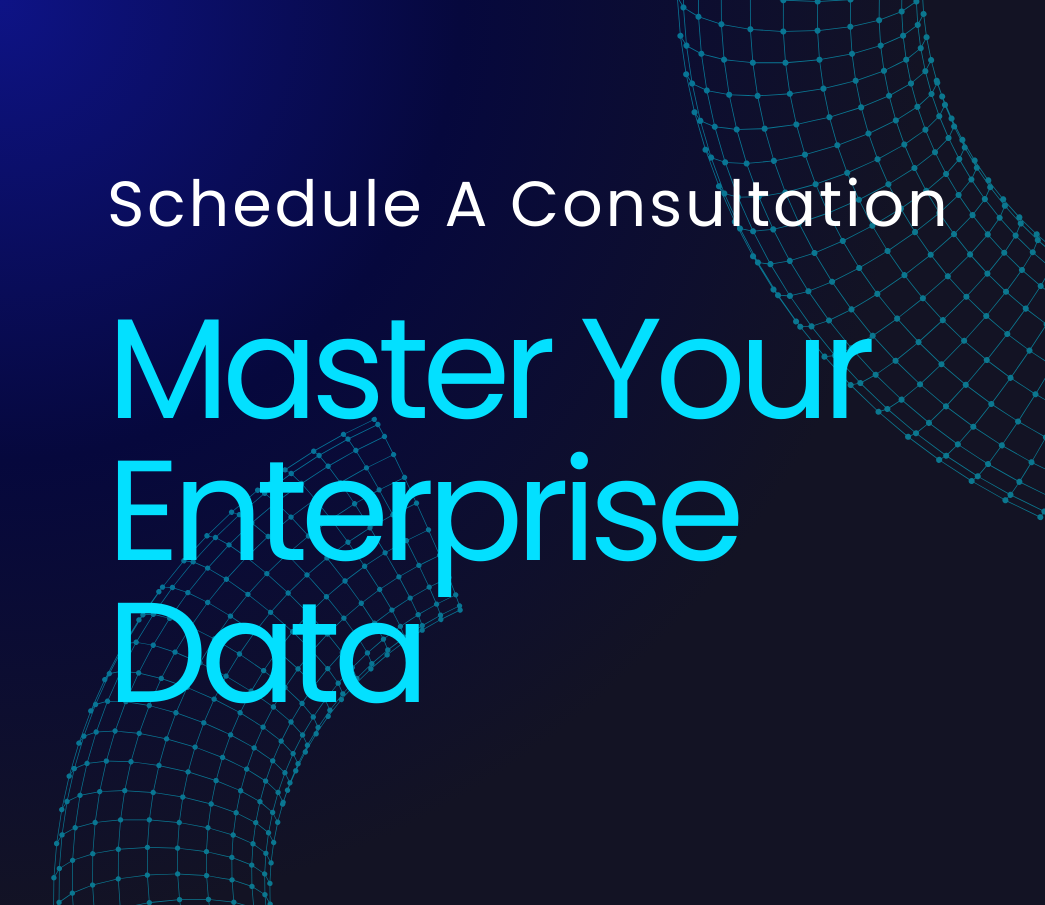Enterprise analysis frameworks are revolutionizing the landscape of predictive analytics, offering a structured approach to harness the full potential of data-driven decision-making. In today’s data-rich environment, organizations are grappling with the challenge of transforming vast amounts of information into actionable insights. These frameworks provide the scaffolding necessary to turn a chaotic jumble of data and tools into a finely-tuned predictive powerhouse.
The promise of predictive analytics is tantalizing: foresee market trends, anticipate customer needs, and make data-driven decisions that keep you steps ahead of the competition. Yet, for many enterprises, this promise remains frustratingly out of reach. Traditional approaches often suffer from critical flaws: they’re siloed, inconsistent, and lack the enterprise-wide perspective needed to generate truly transformative insights.
Enterprise analysis frameworks flip this paradigm on its head. They provide a unified approach that breaks down data silos, standardizes methodologies, and ensures that every predictive model is built on a solid foundation of high-quality, relevant data. However, implementing these frameworks isn’t a walk in the park. It requires a fundamental shift in how organizations think about and interact with data.
As we dive into the world of enterprise analysis frameworks for predictive analytics, we’ll explore their components, benefits, and challenges. We’ll examine how leading companies are leveraging these frameworks to gain a competitive edge and discuss the future of adaptive analytics. This journey will provide you with the insights needed to turn your organization from data-rich to truly insight-driven.
Overview
- Enterprise analysis frameworks revolutionize predictive analytics by providing a structured approach to data-driven decision-making.
- These frameworks break down data silos, standardize methodologies, and ensure high-quality data foundations for predictive models.
- Implementing enterprise analysis frameworks requires a fundamental shift in organizational thinking and data interaction.
- Successful implementation can lead to significant improvements in forecast accuracy and operational efficiency.
- The future of predictive analytics lies in adaptive, real-time models supported by flexible, evolving frameworks.
- Overcoming integration challenges is crucial for realizing the full potential of enterprise analysis frameworks.

















